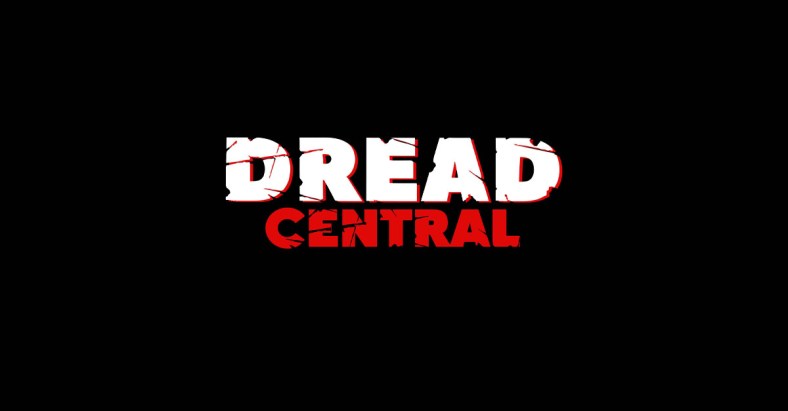The Night He Came Home: The Myth of the Violent Juvenile Offender

Dontez Tillman was only seventeen when he was tried as an adult, later convicted, and sentenced to life in prison for his role in the murder of a homeless Pontiac man three years prior. Upon receiving his verdict, Tillman– still a minor under the pretense of the law– broke down in tears, and owing to the sentence, said, “Yeah, I was crying. If somebody tells you ‘life’ and you don’t cry, you are a murderer, that’s not me.”
The myths and messages promulgated by John Carpenter’s 1978 masterpiece Halloween, however, might just reinforce that Tillman was a murderer and a monster– a shape to be feared. Though he was a battered youth, in and out of the juvenile justice system for felony drug and assault charges, intervention for Tillman was delayed until it was far too late. In a heartrending statement, several months following his conviction, Tillman had the following to say:
“I want somebody to look at me and see a good person, but they don’t trust that we can change… How can somebody be born a killer? That’s like Jason [from Friday the 13th]. Nobody is born to kill. Nobody.”
The mythos of Michael Myers, not quite as contingent on which filmic timeline you follow as you might suspect, draw most of their potency from just that idea, however– Michael Myers was born to kill. From the first film in the franchise through Cult of Thorn detours, on toward two separate reboots courtesy of Rob Zombie and David Gordon Green, one thing has remained consistent, even as cast, tone, style, and even timelines changed– Michael Myers is a monster. There is a longstanding, axiomatic truth that the things we can’t understand scare us more than the things we can, and there’s certainly some take-me-to-church gospel truth in that.
In honor of Dread Central’s August coverage of “pint-sized terrors”, however, it’s worth revisiting Carpenter’s Halloween and the idea, intentional or not, it played a role in popularizing– some kids are just born evil.
Related Article: The Kids Aren’t Alright: A #MonthOfDread Dedicated to Pint-Sized Terrors
Halloween is a dark, dour, and tense movie– violent juveniles, cloaked in these very shadows, are monsters to be feared. They are irrational and cannot be treated, and without warning, might murder their sister, find themselves institutionalized, and escape into the night to finish what was started all those years ago. There’s filmic power to Carpenter’s decision to settle on simply “evil” as Michael’s principal motivation for murder, and as was evident in Zombie’s reboot, elucidating upon what might have led Michael there, while a good idea in theory, can look like little more than a honky-tonk freakshow, an A&E-esque examination of a young man arbitrarily rendered violent. Zombie’s execution was questionable, but the idea was a solid one– demonstrate to the audience that violent killers like Michael aren’t simply born that way.

Unfortunately, particularly in the aftermath of 2018’s reboot, Michael’s psychology is again locked away, reduced to simply “evil,” a man who, as if by his very biology, is driven to kill. John Carpenter’s Halloween sought to impose order– to immobilize a concentrated and united campaign to palliate juvenile violence. Halloween parallels extraordinarily well with real-life crimes, and upon interrogation, the film almost acts as a presage of how collective ignorance and fear, via the sustained myths of evil and violent juveniles, cripples public understanding of violent offenders and sensationalizes tragic events. Juvenile violence is swelling, with juvenile criminal homicide cases having increased nearly 35% between 2014 and 2018 (National Center for Juvenile Justice, 2018), and there is often contention when determining what, exactly, is the root cause. As narrative myths are propagated, the public remains ignorant, and violent youth are offered little to no chance of rehabilitation or opportunity to recidivate.
Halloween commercializes that fear and has created an enduring monster who is monstrous unto himself. What’s so fascinating about evil children in horror films is that they simply shouldn’t be evil. Children are the epitome of innocence, untouched and unvarnished by sin and the cruelty of the world, and the effectiveness of subverting those expectations remains both lucrative and narratively compelling– anyone who caught this year’s Z (directed by Brandon Christensen) can attest to how much life is left in this particular subgenre. There are, too, movies that dabbled in the “evil kids are scary” narrative long before Halloween, but none had quite the same perennial legacy, on both the genre and independent filmmaking writ large, as Halloween.
I love the movie a great deal (it’s one of my favorites), but even the things you love most can have problems. Nobody is born to kill, but in service to Halloween’s filmic rhetoric, they are. Evil is too easy an answer, though one consumed disconcertingly often by the public. Make no mistake, Halloween deliberately parallels with real-life crime to sustain its misguided myth of evil engendering violence, a frightening augur in 1978, and one far more concerning today. Augmenting the collective ignorance and misreading of violent youth, Halloween sensationalized very real and very tragic occurrences, influenced by audience expectations, to sell tickets.
Categorized:Editorials News
